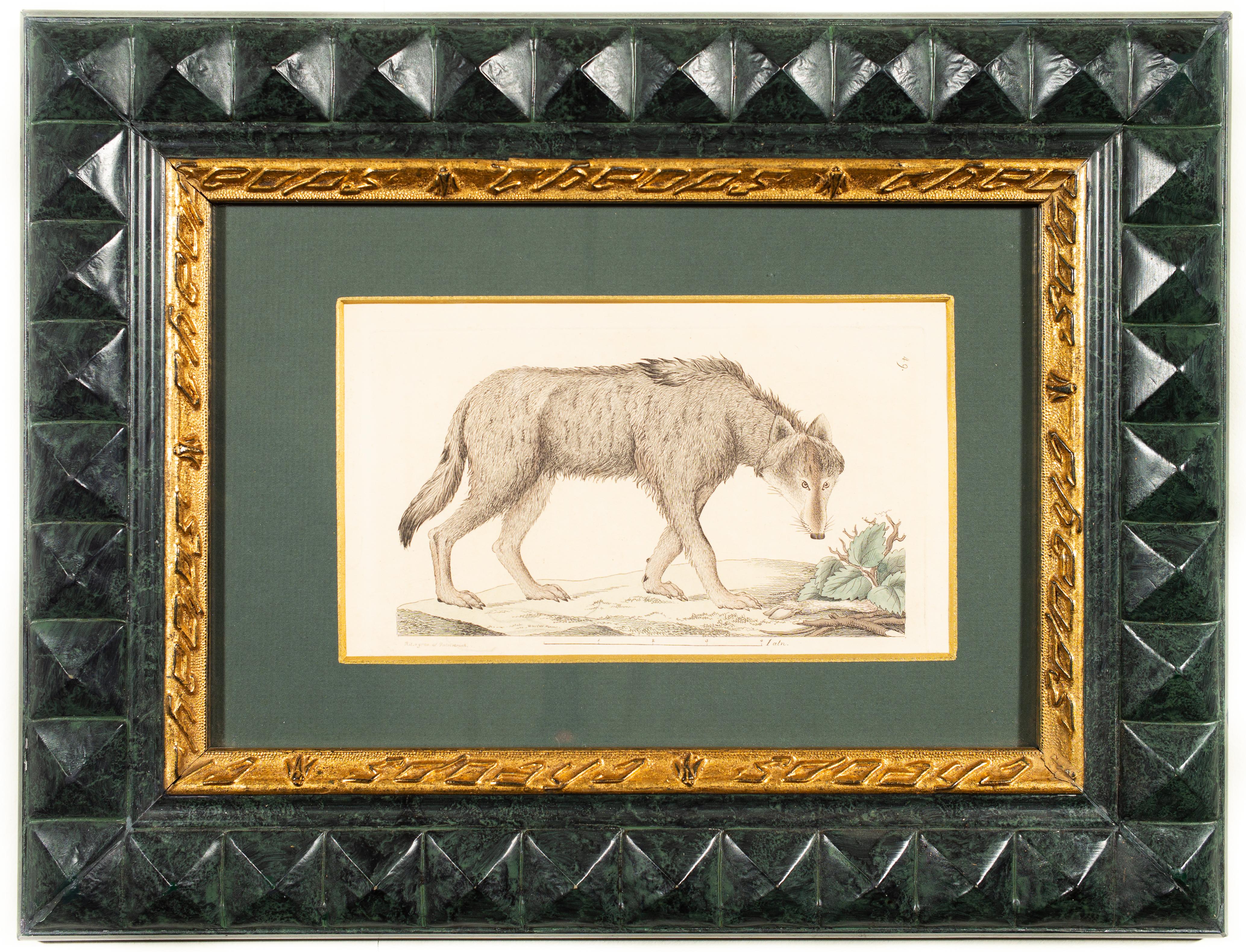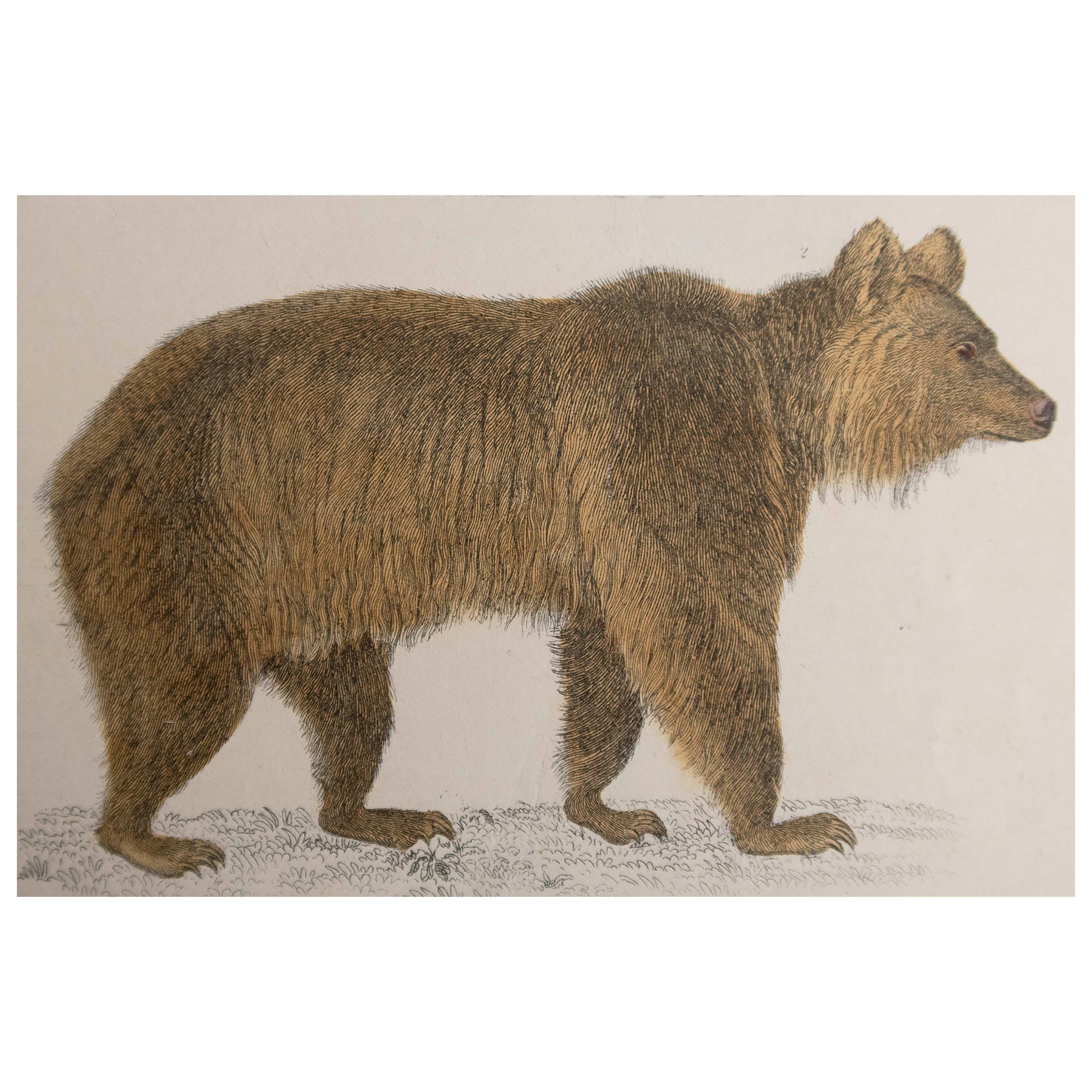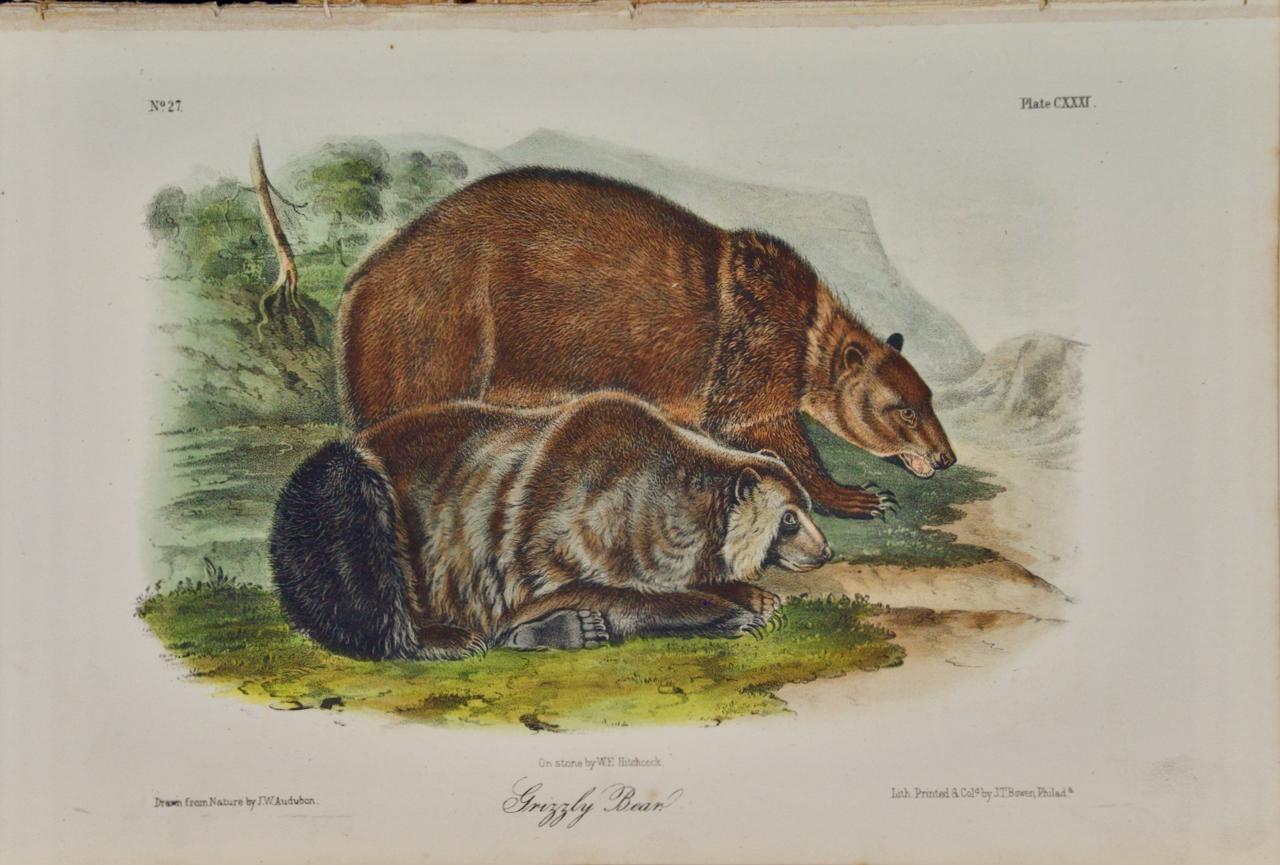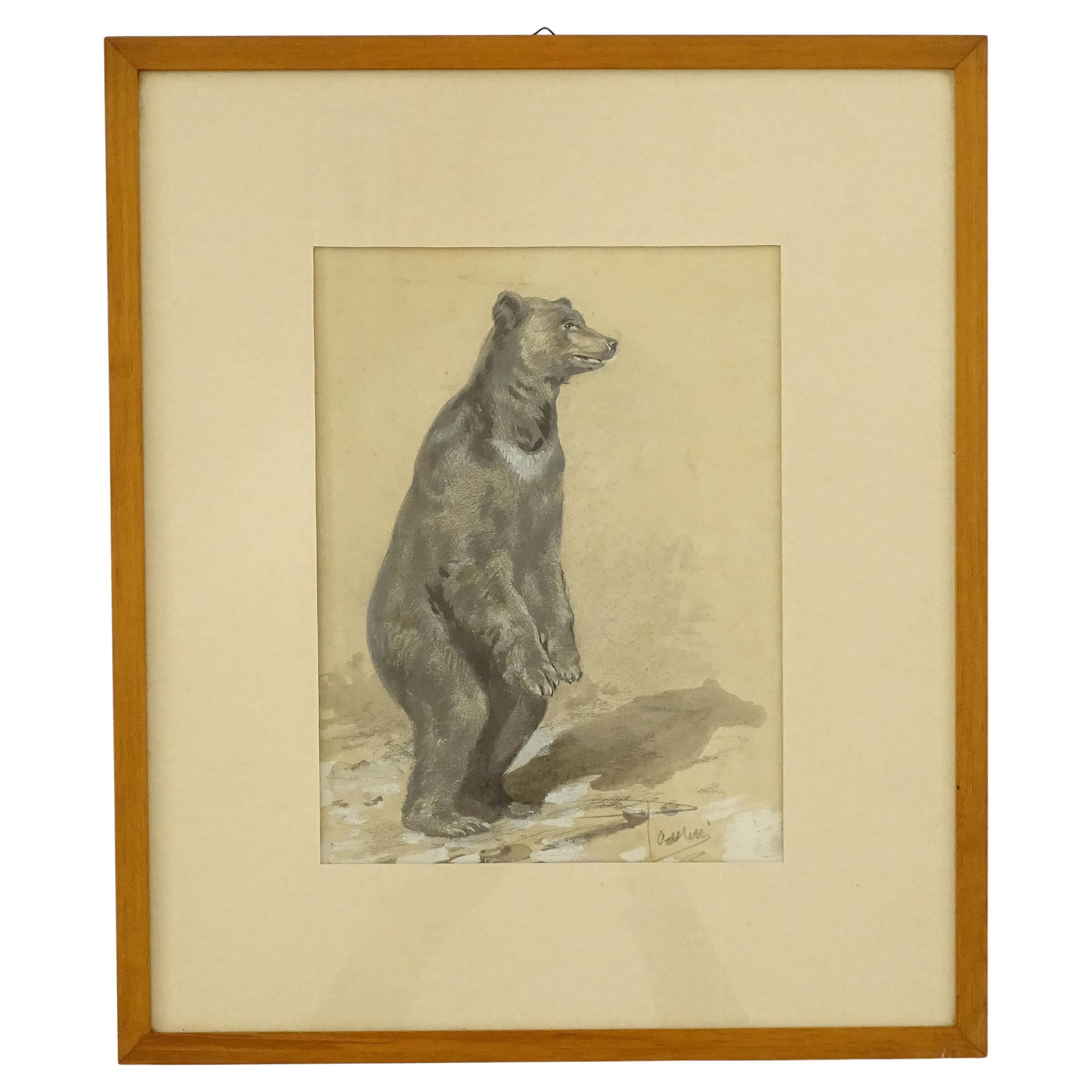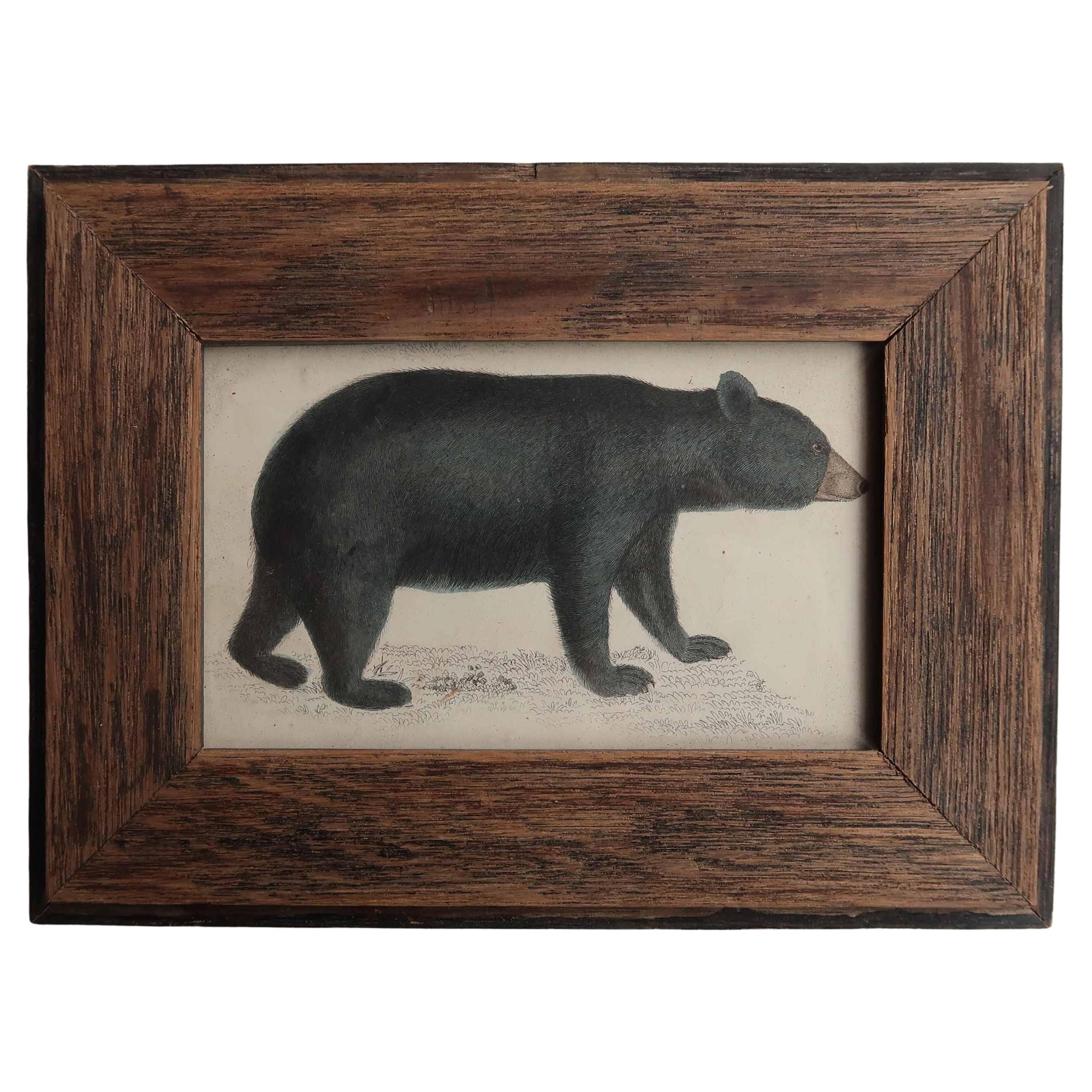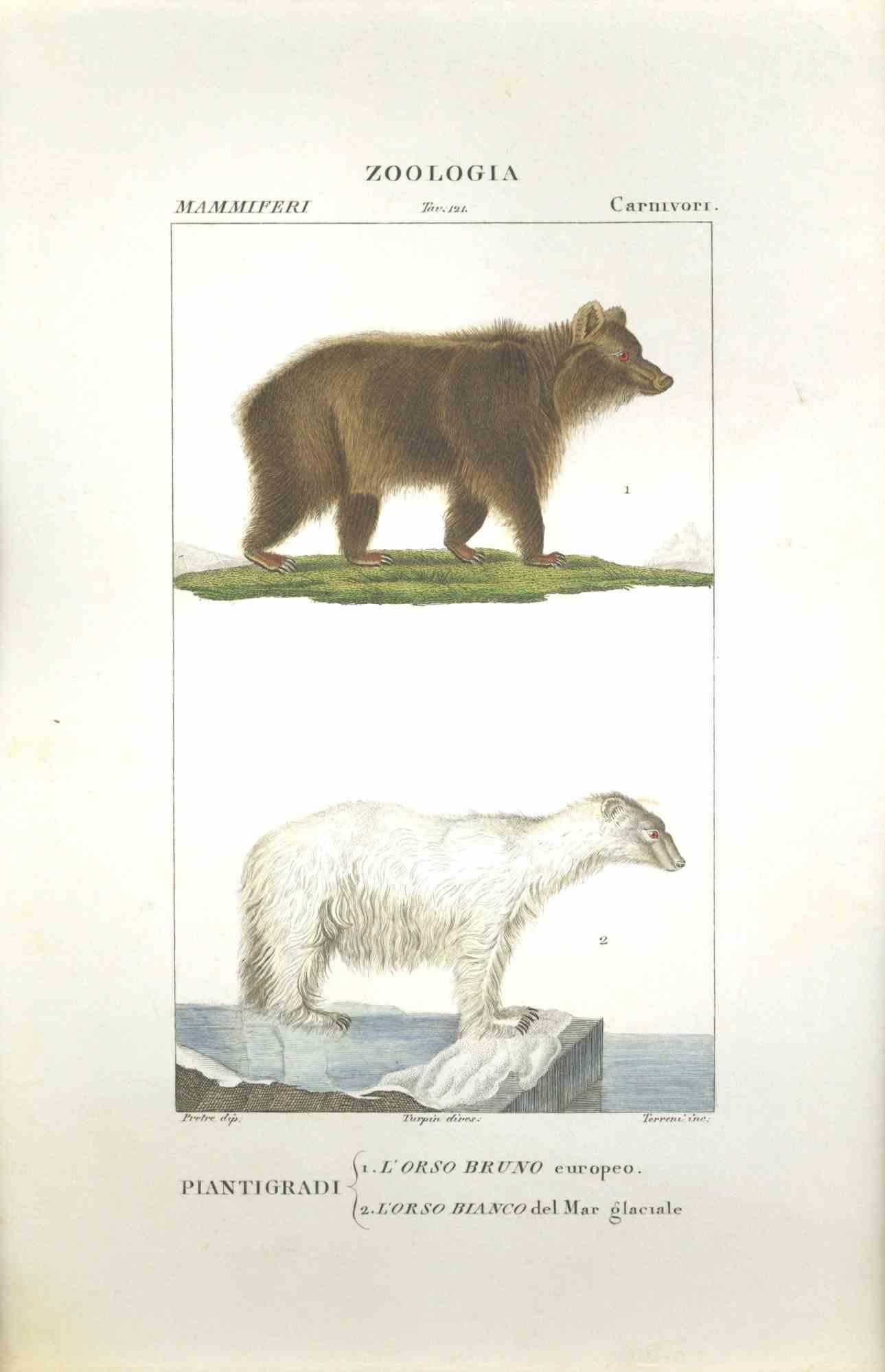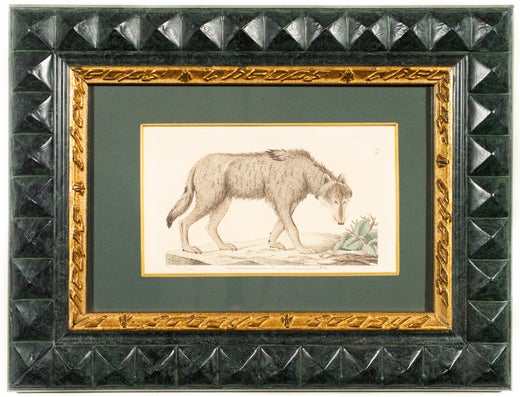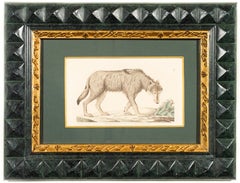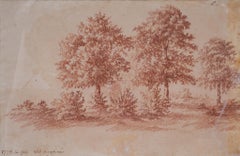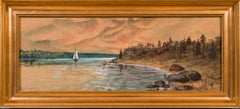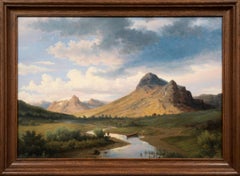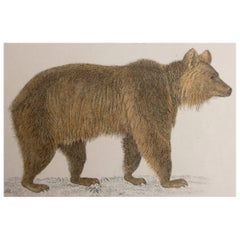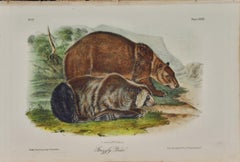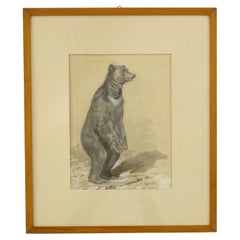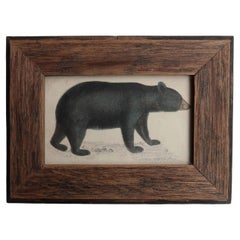Items Similar to A Bear, Hand-Colored Print From The Early 1800s by Johan Wilhelm Palmstruch
Want more images or videos?
Request additional images or videos from the seller
1 of 8
Johan Wilhelm PalmstruchA Bear, Hand-Colored Print From The Early 1800s by Johan Wilhelm PalmstruchEarly 1800s
Early 1800s
$998.34
£762.20
€850
CA$1,409.59
A$1,546.85
CHF 807.93
MX$18,494.30
NOK 10,233.83
SEK 9,544.97
DKK 6,475.28
About the Item
Johan Wilhelm Palmstruch (1770-1811) Sweden
Title: A Bear
hand-coloured print
early 1800s
print dimensions approx 4.33 x 7.08 inches (11 x 18 cm)
frame 11.81 x 15.74 inches (30 x 40 cm)
Johan Wilhelm Palmstruch was born in Stockholm in 1770, he was a soldier, artist and naturalist.
Palmstruch is well known for his prints depicting wild animals from the Nordic fauna.
Sometimes he was compared to the English naturalist, James Sowerby (1757–1822).
PalmStucht contributed to the publication of two vast volumes of work of natural history;
Svensk Botanik (1802) and Svensk Zoologi (1806).
- Creator:Johan Wilhelm Palmstruch (1770 - 1811, Swedish)
- Creation Year:Early 1800s
- Dimensions:Height: 11.82 in (30 cm)Width: 15.75 in (40 cm)
- Movement & Style:
- Period:
- Condition:Very good condition, ready to hang.
- Gallery Location:Stockholm, SE
- Reference Number:1stDibs: LU144529687382
Johan Wilhelm Palmstruch
Johan Wilhelm Palmstruch was born in Stockholm in 1770, he was a soldier, artist and naturalist. Palmstruch is well known for his prints depicting wild animals from the Nordic fauna. Sometimes he was compared to the English naturalist, James Sowerby (1757–1822). PalmStucht contributed to the publication of two vast volumes of work of natural history; Svensk Botanik (1802) and Svensk Zoologi (1806).
About the Seller
5.0
Platinum Seller
Premium sellers with a 4.7+ rating and 24-hour response times
Established in 2020
1stDibs seller since 2020
219 sales on 1stDibs
Typical response time: <1 hour
Associations
International Confederation of Art and Antique Dealers' Associations
- ShippingRetrieving quote...Shipping from: Stockholm, Sweden
- Return Policy
More From This Seller
View AllA Wolf, Hand-Colored Print From The Early 1800s by Johan Wilhelm Palmstruch
By Johan Wilhelm Palmstruch
Located in Stockholm, SE
Johan Wilhelm Palmstruch (1770-1811) Sweden
Title: A Wolf
hand-coloured print
early 1800s
print dimensions approx 4.33 x 7.08 inches (11 x 18 cm)
frame 11.81 x 15.74 inches (30 ...
Category
Early 19th Century Naturalistic Animal Prints
Materials
Etching
Drawing from Hagbynäs Sweden, 1779
Located in Stockholm, SE
Jonas Carl Linnerhielm (1758–1829)
Hagbynäs
Dated and titled “1779 in Aug. Vid Hagbynäs”
Red chalk on paper
21.3 × 33.4 cm (8.4 × 13.1 in.)
with frame 40.5 x 51 cm (15 ⁷/⁸ x 20 ⅛ i...
Category
1770s Romantic Landscape Drawings and Watercolors
Materials
Paper, Chalk
Scandinavian Sunset Watercolor from 1897
Located in Stockholm, SE
Hilding Werner (1880–1944) Sweden
Solnedgång (Sunset), 1897
watercolour on paper
signed and dated lower left H. Werner 1897
Inscribed Solnedgång (“Sunset”) on the reverse.
the shee...
Category
1890s Romantic Landscape Drawings and Watercolors
Materials
Paper, Watercolor
Landscape from Kvikkjokk, Sápmi, c. 1861
Located in Stockholm, SE
Per Daniel Holm (Malingsbo, Dalarna 1835–1903 Stockholm) Attributed to.
Landscape from Kvikkjokk, c. 1861
oil on board
unframed 39 x 56 cm (15.4 x 22 inches)
framed 46.5 x 63 cm (...
Category
1860s Realist Landscape Paintings
Materials
Oil, Board
A Young Woman With Her Animals, Original Oil Painting From 1862
Located in Stockholm, SE
This painting by Gustaf Brandelius, a 19th-century Swedish artist, evokes the pastoral tranquility and rural life of the era. Brandelius was not only a painter but also served in the...
Category
19th Century Animal Paintings
Materials
Canvas, Oil
$1,937 Sale Price
25% Off
Portrait of a Young Boy With Hat, Possibly Painted by Gustaf Brandelius
Located in Stockholm, SE
Unknown Artist, Possibly Gustaf Brandelius (1833-1884)
Portrait of a Young Boy With Hat
oil on tree panel
painted c.1850-70
panel 9.05 x 5.90 inches ...
Category
1860s Portrait Paintings
Materials
Oil, Wood Panel
You May Also Like
Original Antique Print of a Brown Bear, 1847 'Unframed'
Located in St Annes, Lancashire
Great image of a brown bear.
Unframed. It gives you the option of perhaps making a set up using your own choice of frames.
Lithograph after captain brown with original hand color.
...
Category
Antique 1840s English Folk Art Prints
Materials
Paper
"Grizzly Bear", an Original 19th C. Audubon Hand Colored Quadruped Lithograph
By John James Audubon
Located in Alamo, CA
This is an original John James Audubon hand-colored royal octavo lithograph entitled "Grizzly Bear", No. 27, Plate CXXXI from Audubon's "Quadrupeds of North America". It was drawn on...
Category
Mid-19th Century Naturalistic Animal Prints
Materials
Lithograph
Splendid Pencil and Paint Drawing Of a Standing Bear, Italy 1920s
Located in Milan, IT
Splendid And Realistic Pencil and Paint Drawing Of a Standing Bear.
Framed in a wooden frame.
Italy 1920s
Signed Paoletti.
Category
Vintage 1920s Italian Art Deco Decorative Art
Materials
Glass, Wood, Paper
Original Antique Framed Print of a Black Bear, 1847
Located in St Annes, Lancashire
Great image of a black bear presented in an antique oak frame
Lithograph after Cpt. Brown with original hand color.
Please note the dark area to the right of the print is shadow
P...
Category
Antique 1840s English Folk Art Prints
Materials
Oak, Paper
$165 Sale Price
25% Off
Orso Bruno-Orso Bianco...-Plate 121- Etching by Jean Francois Turpin-1831
By Pierre Jean François Turpin
Located in Roma, IT
This is one of the illustrations of "Dizionario di scienze naturali" (Natural sciences dictionary) edited by Battelli nel 1831. The work was made of 29 volumes, containing hundreds ...
Category
1830s Modern Animal Prints
Materials
Etching
American Black Bear: Original 19th C. Audubon Hand Colored Quadruped Lithograph
By John James Audubon
Located in Alamo, CA
This is an original John James Audubon hand-colored royal octavo lithograph entitled "American Black Bear", No. 29, Plate CXLI from Audubon's "Quadrupeds of North America". It was dr...
Category
Mid-19th Century Naturalistic Animal Prints
Materials
Lithograph
More Ways To Browse
Antique Hand Colored Prints
Gifford John
Giraffe Etching
Harrison Begay
Henry Moore Zoo
I Destroyed The Tennis Ball
Irish Water Spaniel
Jack Coughlin
John Gould Ducks
Keith Haring Secret Pastures
Kenojuak Ashevak
Le Singe Et Le Leopard
Leon Danchin On Sale
Louis Prang Chromolithograph
Man O War Horse
Manetti Saverio
Natural History Museum Vintage Prints
Penguin Lithograph
